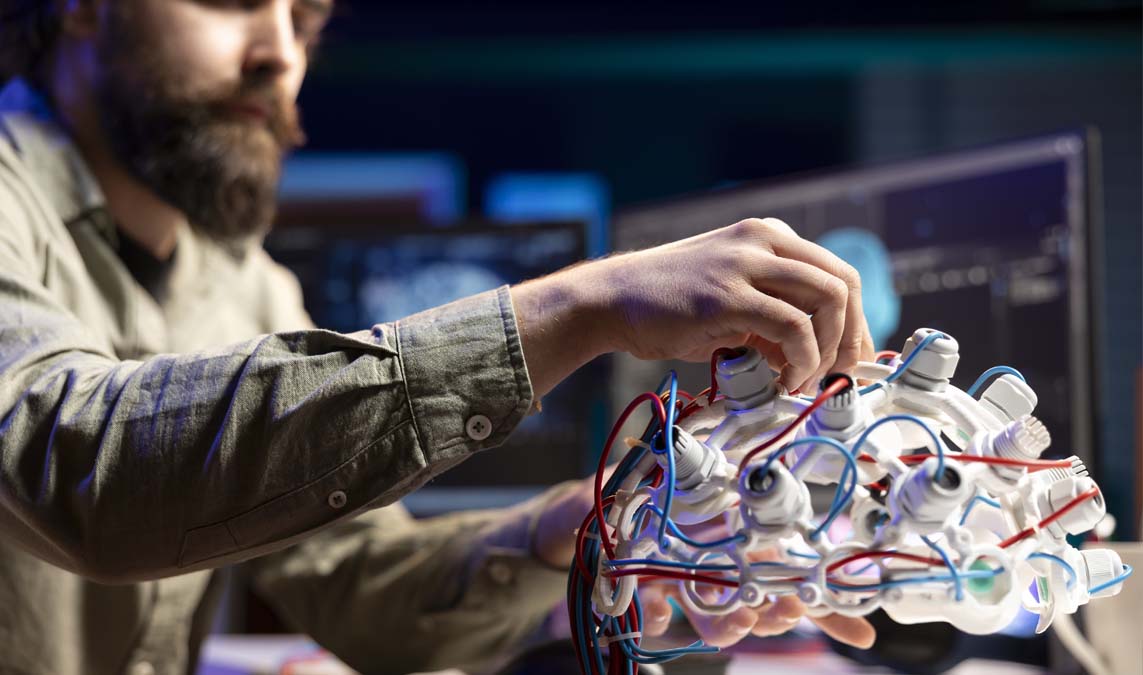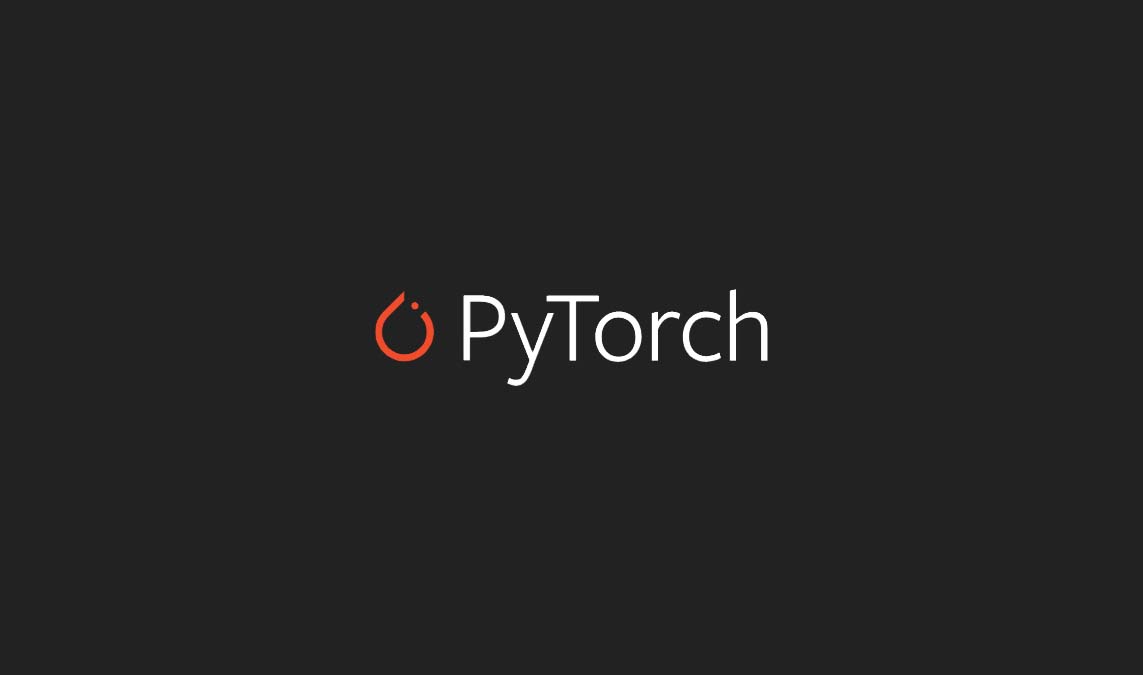As developers, we’re constantly searching for ways to enhance efficiency, automate decision-making, and deliver intelligent functionality. With the evolution of machine learning software, the development landscape has dramatically shifted. Whether you’re building predictive models, optimizing user experiences, or automating large datasets, integrating machine learning into your software stack is no longer optional—it’s a competitive necessity.
In this article, I’ll walk you through how machine learning software is transforming modern development from a technical, hands-on perspective. We’ll also explore essential tools, common use cases, and practical implementation strategies.
What is Machine Learning Software?
At its core, machine learning software is designed to allow computers to learn from data without being explicitly programmed for every outcome. Rather than writing logic-based code for every scenario, developers can now train models to infer patterns, classify inputs, and even predict future outcomes based on previous data.
There are typically three types of machine learning that software supports:
Supervised Learning – The model is trained with labeled data.
Unsupervised Learning – The model finds patterns in unlabeled data.
Reinforcement Learning – The model learns through trial and error using feedback loops.
Consequently, these capabilities empower developers to create adaptive and scalable systems across virtually any industry.
Why Developers Should Embrace Machine Learning Software
As developers, we’re uniquely positioned to harness the potential of machine learning. Here’s why integrating machine learning software into your toolkit is a game-changer:
Enhanced Productivity: Many ML platforms offer APIs and SDKs that integrate seamlessly into modern frameworks. This allows us to streamline previously time-consuming tasks.
Data-Driven Decision Making: ML algorithms can sift through massive amounts of data, giving our applications predictive and prescriptive power.
Customizable Solutions: You’re not limited to out-of-the-box logic. With frameworks like TensorFlow, PyTorch, and Scikit-learn, you can tailor models to suit specific business or product needs.
Scalability: Machine learning models can continuously learn from new data, making them ideal for applications that evolve in real-time.
Furthermore, businesses increasingly expect software products to include AI-powered features. By leveraging machine learning software, you add critical value and future-proof your development portfolio.
Top Machine Learning Software Tools for Developers
Here are some of the most developer-friendly machine learning software platforms:
Here are some of the most developer-friendly machine learning software platforms:
Created by Facebook’s AI Research lab, PyTorch is favored for its dynamic computation graph and intuitive Pythonic design. It’s especially popular in academic and prototyping environments.
Ideal for beginners and intermediate users, Scikit-learn offers simple and efficient tools for data mining and analysis. It integrates well with NumPy and pandas.
4. ML.NET
If you’re a .NET developer, ML.NET provides a way to incorporate ML models directly into C# applications. It’s designed to support cross-platform deployment and model training.
5. Amazon SageMaker
For teams already invested in AWS, SageMaker streamlines the entire machine learning workflow—from data labeling to deployment—making it a powerful cloud-based solution.
By understanding the strengths of each tool, developers can choose the best solution based on their project’s goals and technical stack.

Practical Use Cases of Machine Learning Software
Let’s dive into real-world scenarios where developers can implement software to enhance functionality:
1. User Personalization
Whether you’re building eCommerce platforms or content recommendation systems, ML can track user behavior and preferences to dynamically tailor experiences.
2. Fraud Detection
In fintech or cybersecurity applications, ML algorithms can detect unusual patterns and alert systems to possible fraudulent activity faster than traditional methods.
3. Natural Language Processing (NLP)
Chatbots, sentiment analysis, and language translation are all powered by ML models that parse and understand human language.
4. Predictive Maintenance
In manufacturing or IoT applications, ML software can predict when a component is likely to fail, allowing developers to trigger maintenance alerts automatically.
5. Image and Voice Recognition
From healthcare diagnostics to voice assistants, ML is essential in interpreting and responding to unstructured data inputs like images and audio.
Developer Tips for Integrating Machine Learning Software
Even though ML software is more accessible than ever, successful implementation still requires a methodical approach. Here are some tips:
Understand the Data: Before choosing a model, you must clean, structure, and understand the dataset you’ll be training on. Garbage in, garbage out still applies.
Start with Pretrained Models: Platforms like Hugging Face offer pretrained models that you can fine-tune for your use case, saving significant development time.
Use ML Ops Tools: Consider using tools like MLflow, Kubeflow, or DVC to manage your training lifecycle, track experiments, and deploy updates efficiently.
Prioritize Explainability: If your application impacts user decisions (e.g., credit approval), use interpretable models or add explainability layers like LIME or SHAP.
By applying these strategies, you can mitigate complexity and deliver reliable, robust AI-enhanced features.
Final Thoughts
From a developer’s perspective, machine learning software is not just a trendy addition—it’s becoming a core pillar of modern application design. The ability to integrate smart decision-making, automate workflows, and extract insights from data gives developers a powerful edge.
As you evaluate your next project, consider how machine learning could add value. With a growing set of tools and frameworks, there’s never been a better time to build intelligent systems that learn, adapt, and improve over time.







